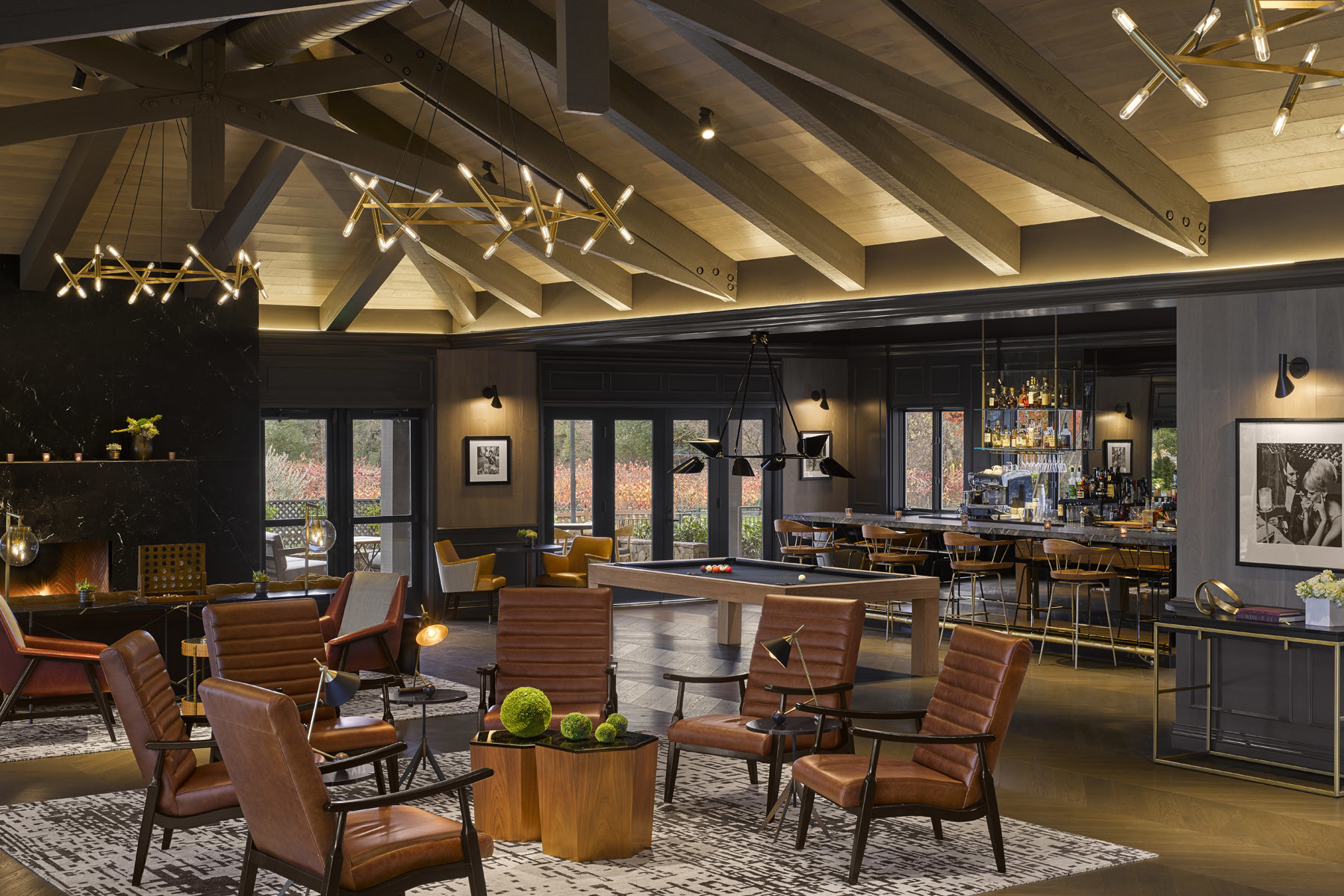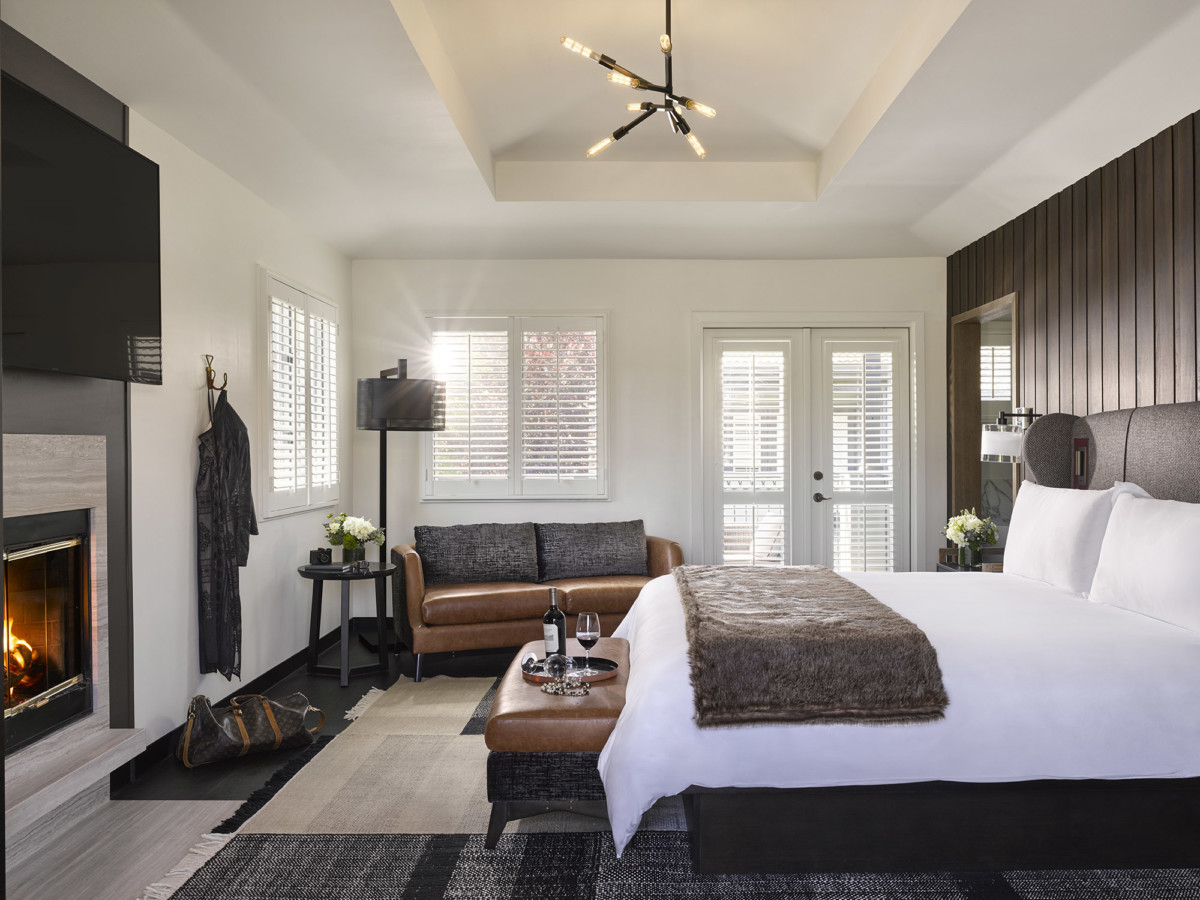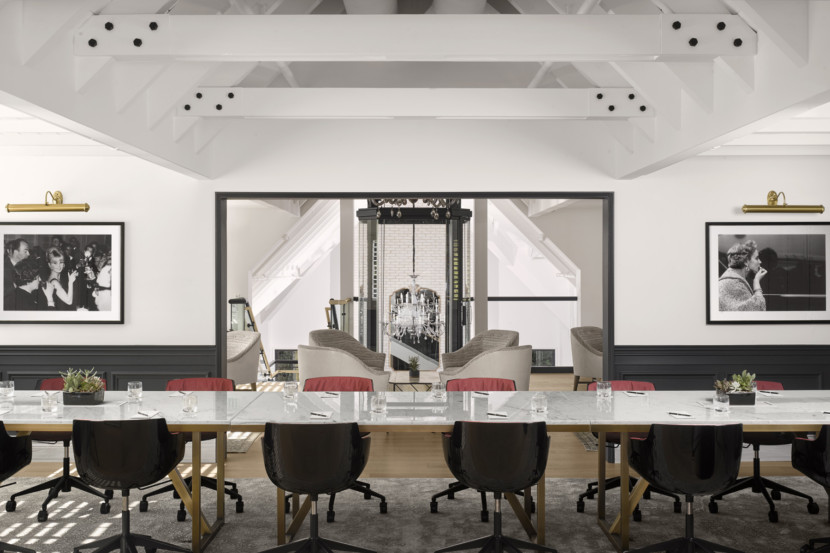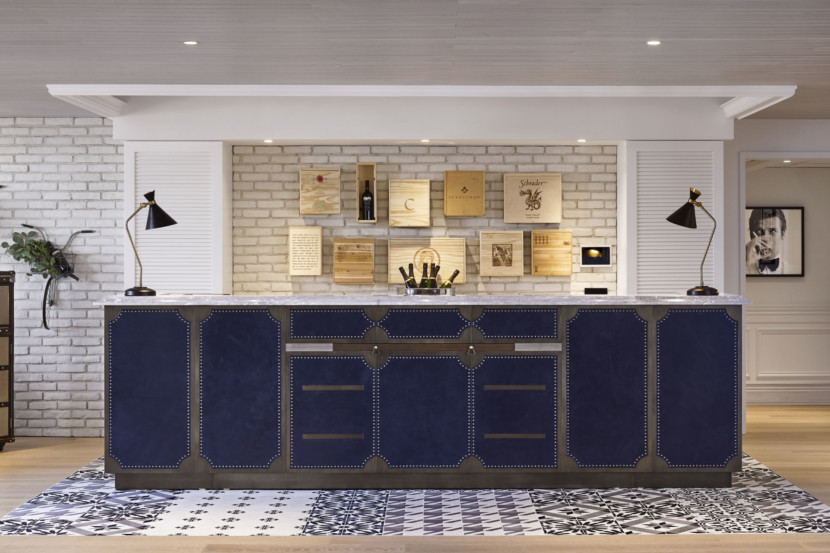The New Elements of Hotel Design in a Hi-Tech World | Imperceptible Tech – Macro Behind, Micro In-Front
Technology was already evolving at an incredible rate but has gained momentum and taken on a lightning pace in reaction to the COVID-19 crisis. The global pandemic has proven to be a catalyst for acceleration and change.
Will hotels of the future be operated by a robotic workforce? We’re not so sure. We need to reframe the perception and understanding of technology. New doesn’t automatically mean futuristic and hi-tech doesn’t necessarily translate to visionary, unless it is serving a purpose. What is often overlooked is the speed of human evolution – we don’t change nearly as quickly as technology. From a design standpoint, the foundation we lay now will impact the future of hotels and their relationship with technology, so brands need to consider what is worth investing in.
People have an innate need for human touch and community especially in times of crisis when physical connection is off-limits. A completely contactless hospitality experience isn’t a long-term solution, but rather finding the proverbial ‘sweet spot’ between high-tech and human touch.
Personalization is at the heart of most luxury brands. In a similar trajectory to automobile innovation, the more luxurious the car, the more climate options you have. The more luxurious the hotel, the more options you have. Luxury is choice.

How do you integrate technology and tell an authentic story without detracting from the human element of hospitality? It begins with providing functional capabilities that guests desire and need. Technology is expensive and it often becomes outdated quickly. To be resilient, hoteliers need to harness technology in a thoughtful and strategic way. In a hospitality setting, hi-tech is defined by big movements behind the scenes. It needs to feel imperceptible to the guest, whilst enhancing their real-time experience.
Guests want the choice of how they interact with technology during their stay, whether that is being connected, offline, or somewhere in-between. New advancements can be intimidating, so they need to be packaged in a user-friendly way. No guest wants to enter a room and be greeted with a complex set-up that requires a Ph.D. to navigate. No matter how intricate the ‘behind-the-scenes’ infrastructure, the user interface needs to be simple and intuitive.
Technology is a streamlining tool. For it to work, a solid digital infrastructure is fundamental. Developers and hoteliers are investing or will begin to invest in a future-proofed tech backbone, especially in new builds, to meet the digital demands of the 21st century. Placing a focus on the ‘behind-the-scenes’ technological revolution will be much more impactful long-term, than pushing for new guest-facing technology.
In SB Architects’ 2018 renovation of Vintage House and Hotel Villagio in Yountville, California, in collaboration with Illuminate and Hirsh-Bedner Associates (HBA), our client, Brookfield Properties, chose to install digital lighting controls and other property management infrastructure that allows for nearly endless flexibility in the control of building systems. To attract locals and travelers with an alluring new level of approachable luxury, it was important for the property to be able to offer a variety of experiences. Having the ability for guests to simply and effectively control their environments through a choice of lighting levels, for instance, can be the difference between a one-stay guest or a weekend regular.
Personalized service, when implemented correctly, builds brand loyalty, which is incredibly valuable given the plethora of hospitality brands. According to Deloitte’s guest experience survey, when hotels understand their guests, stay frequency increases by 13 percent. One of the most effective tools for creating a bespoke experience is the one the guest carries around in their pocket – their smartphone. If utilized in an efficient, meaningful way, guests could log their preferences towards room selection, ambiance, lighting preferences, heat, wake-up, etc. into an app and arrive on property with the comfort of knowing that they are walking into their perfect hotel stay, tailored just for them. Coming out of such volatile times, it will be important for travelers to embark with a certain level of comfort in what they can expect once they reach their destination. Technology is honing itself down to be on a more detailed level so that hoteliers can give each of their guests a unique, responsive experience that is integrated with technology, not overpowered by it.
Authored by Bruce Wright, Senior Vice President, and Principal, SB Architects.
Originally created for and published on Hotel Executive as ‘The New Elements of Hotel Design in a Hi-Tech World.’






